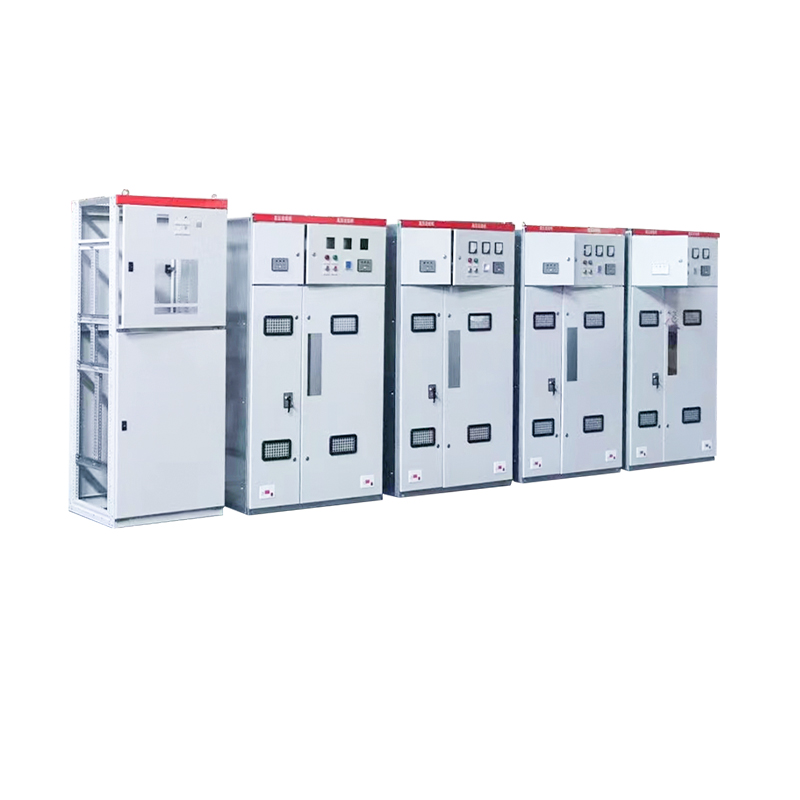Energy-Saving Single-Phase Oil-Immersed Pole-Mounted Transformer
15KVA 13.8KV/0.4KV
See DetailsMetal-enclosed high voltage switchgear is an essential component in power distribution and transmission systems, providing a secure and controlled environment for switching and controlling high voltage circuits. Properly connecting a metal-enclosed switch cabinet to the rest of the power system is crucial for ensuring safety, reliability, and efficiency.
1. Site Preparation and Safety Measures
Site Assessment:
Before installation begins, a thorough site assessment is necessary. The location must meet specific requirements, including sufficient space, proper ventilation, and easy access for maintenance. Evaluating the environmental conditions ensures the switch cabinet operates optimally.
Safety Protocols:
Implementing strict safety protocols is vital to protect personnel during installation. This includes grounding and isolation procedures to prevent electrical hazards. Ensuring that all safety measures are in place before proceeding helps mitigate risks associated with high voltage equipment.
2. Foundation and Mounting
Foundation Preparation:
A stable and level foundation is crucial for the proper installation of the switch cabinet. This foundation is typically constructed from concrete pads or other sturdy materials capable of supporting the weight and maintaining the alignment of the cabinet.
Mounting the Cabinet:
The switch cabinet must be securely fastened to the foundation using appropriate mounting hardware. This step ensures that the cabinet remains stable and aligned, which is critical for both operational efficiency and safety.
3. Power Cable Connections
High Voltage Cables:
High voltage incoming and outgoing power cables are connected to designated terminals or busbars within the cabinet. These cables usually come from transformers, generators, or other switchgear units. Properly routing and securing these cables is essential to prevent mechanical stress and electrical faults.
Cable Terminations:
Terminating the cables correctly involves using connectors, lugs, or crimping tools to create secure and conductive connections. These terminations must be insulated and protected to prevent arcing or short circuits, which can compromise the system's safety and performance.
Busbars:
In some switchgear designs, busbars are used to distribute power within the cabinet. These busbars must be connected according to the design specifications, ensuring they are securely fastened and properly insulated to handle high voltage levels.
4. Control and Communication Wiring
Control Wiring:
Control cables are connected to various components within the switch cabinet, such as circuit breakers, relays, and contactors. These cables link the switchgear to control panels, remote monitoring systems, and automation controllers, enabling precise operation and monitoring of the system.

Communication Lines:
If the switchgear is part of a larger networked system, integrating communication lines is essential. This includes connections for SCADA (Supervisory Control and Data Acquisition) systems, sensors, and other smart grid technologies, allowing for real-time data exchange and remote control capabilities.
5. Grounding and Bonding
Grounding:
Proper grounding is critical for safety and proper operation. All metallic parts of the Metal-enclosed high voltage cabinet must be connected to the earth ground. This prevents electrical shock hazards and protects the equipment from voltage surges and lightning strikes.
Bonding:
Electrical bonding ensures that all metallic parts are at the same potential, reducing the risk of stray voltages. This step involves connecting all metallic components to maintain equal potential throughout the switchgear assembly, enhancing safety and system integrity.
6. Installation of Protective Devices
Circuit Breakers and Fuses:
Installing protective devices like circuit breakers and fuses is crucial for safeguarding the electrical system. These devices protect against overcurrent, short circuits, and other electrical faults, ensuring the stability and safety of the power distribution network.
Relays and Monitoring Equipment:
Protective relays and monitoring equipment must be installed to provide real-time data and fault detection capabilities. These components are vital for detecting and responding to abnormal conditions, preventing equipment damage and outages.
7. Testing and Commissioning
Pre-Operational Checks:
Before powering up the system, perform thorough visual inspections and mechanical checks to ensure all components are correctly installed and securely fastened. This step helps identify and rectify any potential issues.
Electrical Testing:
Conduct insulation resistance tests, continuity tests, and high-voltage withstand tests to verify the integrity of electrical connections and insulation. These tests ensure that the system can handle operational stresses without failure.
Contact Us